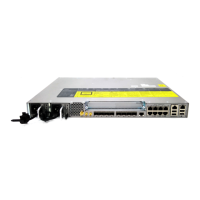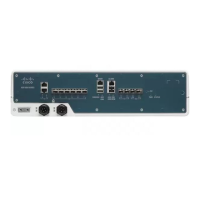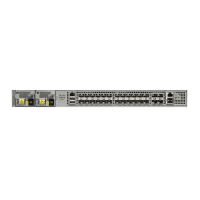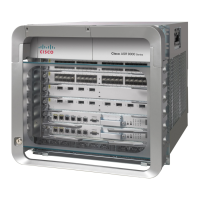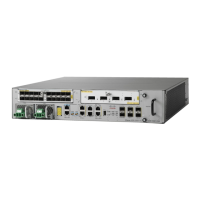the signal and a disruption of traffic. In a fixed modulation scheme, the microwave radio link had a binary
state of either “'available” (on) or “unavailable” (off).
More technologically advanced microwave radios use an adaptive modulation scheme. In an adaptive
modulation scheme, when the microwave link degrades due to adverse weather conditions, the radio changes
its modulation scheme to a more robust scheme. The radio continues to broadcast but with less capacity. As
a result, the radio can be in several capacity or bandwidth states, and not just on or off.
In the case of microwave links with adaptive modulation, the control Operation, Administration, and
Maintenance (OAM) protocols are unable to make best use of the available bandwidth due of the following
OAM characteristics:
•
If the protocol used for failure detection is tagged as high-priority traffic, the OAM frames bypass the
degraded (congested) microwave links and no protection switching is triggered.
•
If the protocol used for failure detection is tagged as low-priority traffic, then momentary congestion
over the native Ethernet (that is, the nonmicrowave) links could lead to loss of continuity and spurious
protection switching.
Even though the network topology must be provisioned with enough redundant bandwidth to handle a complete
failure, in certain situations where the service committed information rate (CIR) is very low, forwarding as
much excess traffic (above the CIR) as possible is important. Therefore, for those situations, treating bandwidth
degradation as a complete failure is not desirable.
Adaptive Bandwidth Multi-hop Extensions
In a network topology consider a single interface on the head-end router is connected to a topology consisting
of multiple microwave links either in series or in a hub-and-spoke arrangement. In such scenarios, the links
degrade independently, and send their own VSMs containing current and nominal bandwidth for their links.
Identifying the VSMs with the source MAC address does not help identify the degraded link.
To help identify the degraded links in a multi-hop topology, Link IDs can be configured on the VSM. The
Link ID is configured in the EEM configuration using the event ethernet microwave sd interface command.
The command support registrations on one or more individual links identified by either link ID or source
MAC address.
With multi-hop topology, all individual links identified by the interface. If the interface is degraded, the links
too get degraded.
Carrier Ethernet Configuration Guide (Cisco ASR 920 Series)
235
G.8032 and CFM Support for Microwave Adaptive Bandwidth
Adaptive Bandwidth Multi-hop Extensions
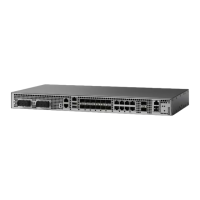
